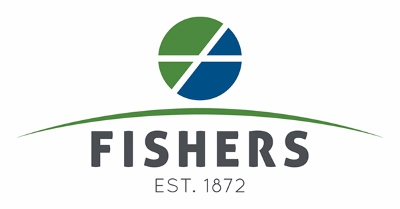On Monday, April 21, 2025, the Fishers City Council voted unanimously to implement the Home Rental Registration & Permitting Program. Implementation of the program will occur over the next several months, with enforcement beginning January 1, 2026. Property owners who have properties identified as rentals will receive written communication in the coming months.
About the Program
The Fishers City Council is in the process of considering an ordinance that will instate a rental registration and permitting program for long-term rentals for Fishers properties.
Why is the City proposing the program?
In 2022, the City of Fishers released a public report that found it imperative to the City’s long-term vibrancy to maintain high-quality rental stock as many older homes that are currently owner-occupied enter the rental market. Considering this trend along with the increasing numbers of out of state ownership (47% of all SF rentals) and institutional investor ownership (25% of all SF rentals), the City must be proactive to ensure quality stock within the single family rental market, while also ensuring single family homeownership opportunities exist for prospective buyers.
What’s Next?
The 2022 study recommended the city initiate a rental registration program to maintain a real-time inventory of rental homes with key property information to ensure code compliance and welfare of tenants.
The result of this recommendation and consideration of the trends detailed above, is a two-part policy:
- Registration & Permitting Requirement for all single-family, long-term rentals in Fishers.
- Rental Permit Cap that limits available permits to be issued to less than 10% of long-term rentals per subdivision. Legacy rentals (rentals established prior to the effective date of the ordinance) will not be subject to the 10% cap. See more on ‘What are Legacy Rentals?’ in the FAQ below.
Timeline
1/13/25 – City Council Work Session and initial introduction
2/24/25 – City Council First Reading
3/10/25 – Public Webinar Town Hall & Q&A
4/21/25 – City Council Second Reading and Public Hearing (Approved 9-0)
Process Timeline
- Communication and outreach will occur to homeowners and HOAs will occur through the remainder of 2025.
- Following approval of the ordinance, an initial notice will be mailed to property owners of suspected long-term rental properties.
- 120 days prior to enforcement date, a second notice will be mailed to property owners of suspected long-term rental properties.
- 90 days prior to enforcement date, a notice will be sent to long-term rental property owners
- 60 days prior to enforcement date, a notice will be sent to long-term rental property owners
- 30 days prior to enforcement date, a final notice will be sent to long-term rental property owners
- An estimated implementation date of January 1, 2026, will coincide with enforcement beginning and all long-term rentals being registered.
How can I learn more?
1/13/25 – City Council Work Session Presentation (PDF)
2/24/25 – City Council First Reading Presentation (PDF) | Video
3/10/25 – Public Webinar Town Hall Recording (YouTube) | Q&A (PDF)

